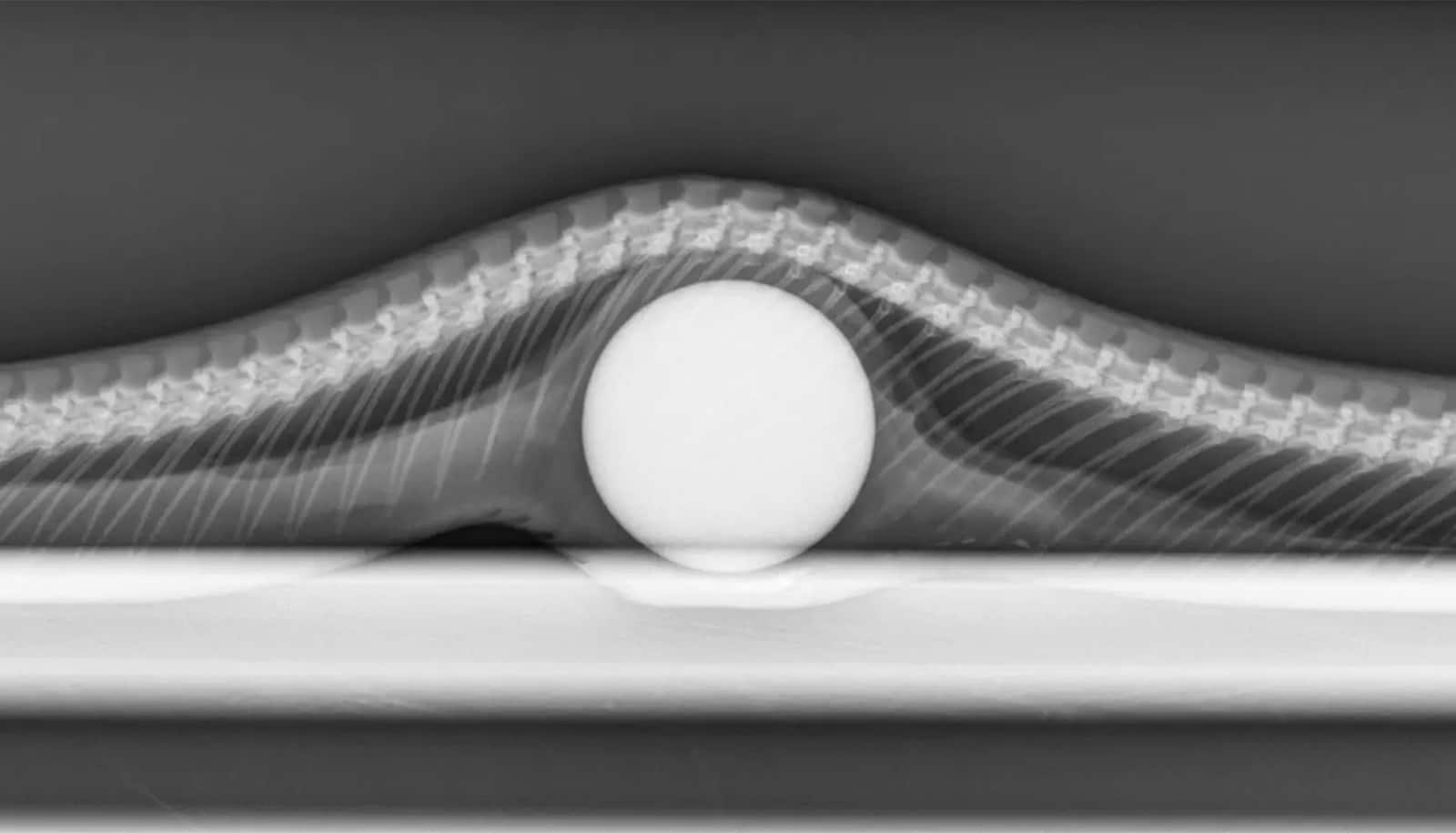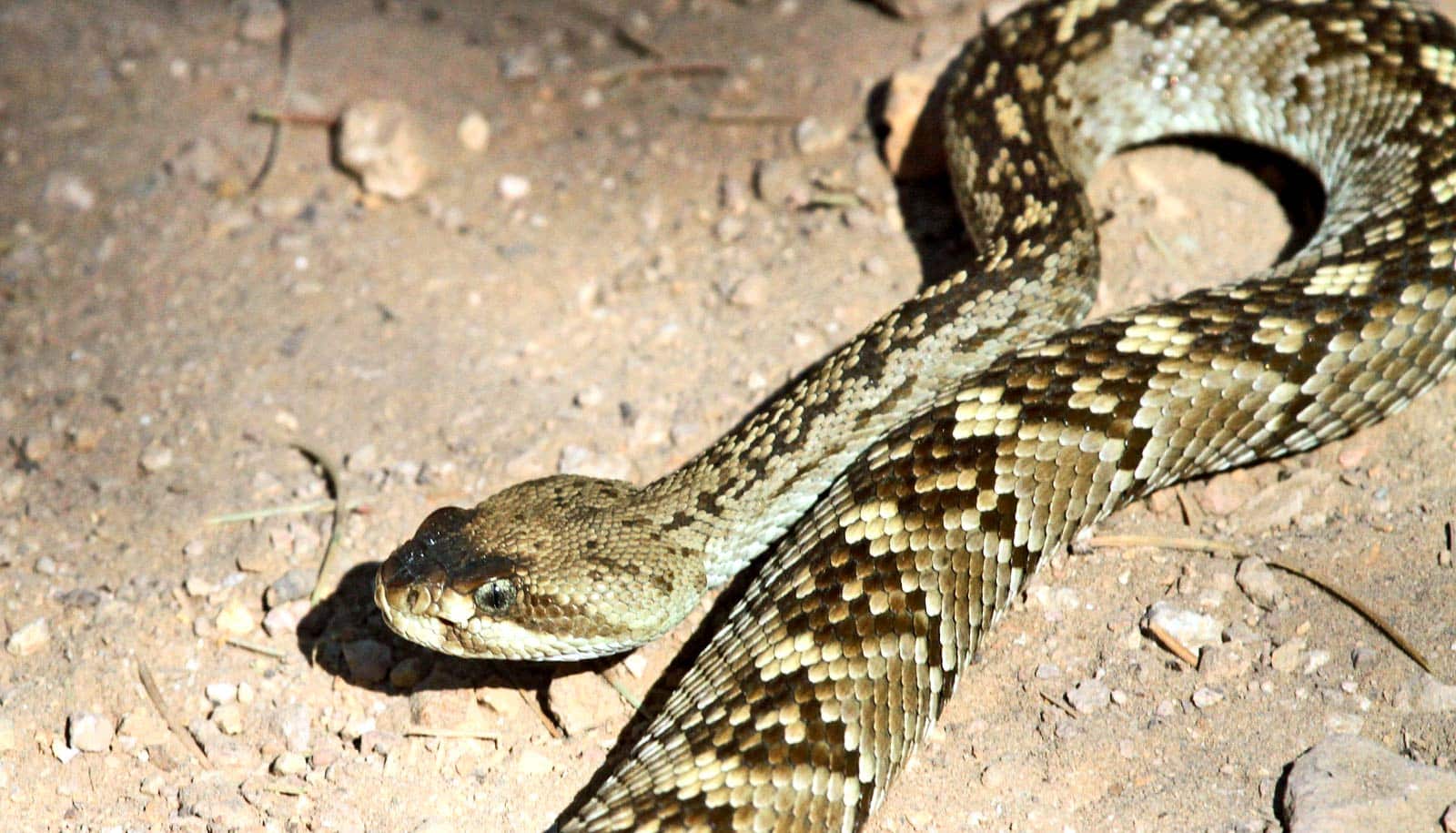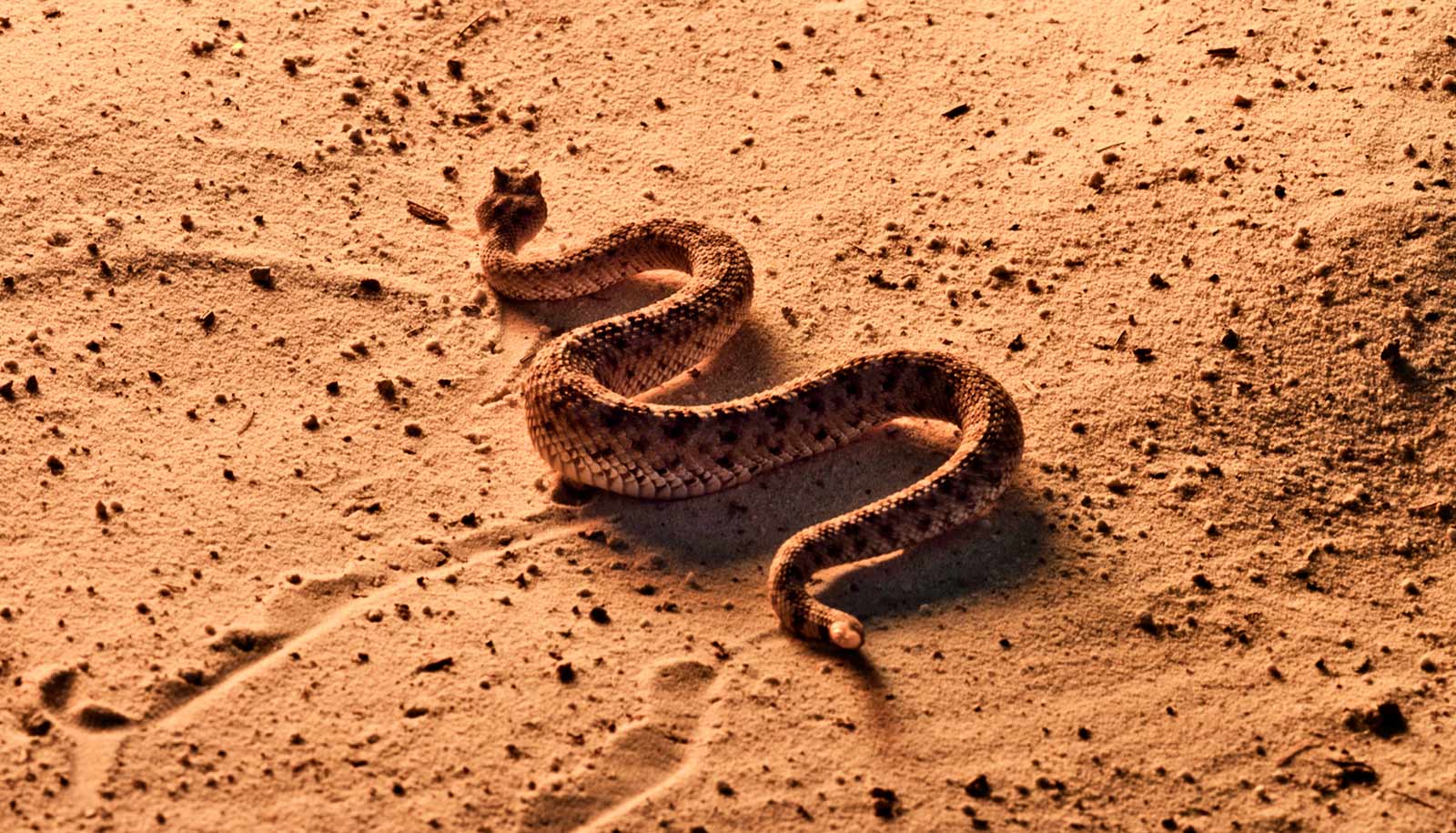When a hungry snake eats a golf ball instead of an egg, it can cause serious problems.
Snakes are excellent predators, and eggs are often on the menu, but other ovoid objects can fool their senses.
Greg Lewbart, a professor of aquatic animal medicine at North Carolina State University, specializes in developing innovative treatments for our aquatic and reptilian friends. In a study in the Journal of the American Veterinary Medical Association, Lewbart and four coauthors describe four case studies in which non-surgical attempts were made to remove golf balls from the digestive tracts of snakes. The results were mixed.
Here, Lewbart talks about what happens when a snake eats a golf ball, and whether a non-surgical approach to removal is best:
First of all, is swallowing golf balls common in snakes? Common enough to be considered a hazard?
I think it is pretty common. I’m sure we only see the “tip of the iceberg,” as many (most) people would not bring us a snake in distress (versus a turtle, for example). Some people with chickens use golf balls as a deterrent and even as a method to kill egg/bird-eating snakes. It’s also likely that snakes near golf courses and driving ranges also consume golf balls.
What happens to snakes that swallow these objects? Do they starve to death? Do they suffer internal injuries? Can these be passed naturally?
In my experience they will surely die without intervention. At least that’s the case for the snakes we see. I think the golf balls end up adhering to the inside of the gastrointestinal tract and then cannot go either way. They slowly starve to death.
Are there complications from regular surgical removal that made trying non-surgical methods necessary, or is this work part of a generally non-invasive philosophy?
The latter. We have removed a handful of golf balls over the years via surgery without complication. It involves general anesthesia, expense, time, and some risk. When coauthor Brad Waffa was a student he brought up the idea of possibly using an endoscope for a less invasive approach. We did it and aside from a skin tear it worked.
Years later alumnus Greg Scott had a couple of cases and hence a project was born. There are actually lay YouTube videos of the process. We think if the snake is found right away the golf balls can be more easily removed.
Are non-surgical and endoscopic procedures more likely to be successful if performed earlier because the golf ball isn’t as far down?
Once objects get out of the stomach and into the intestines it almost always means surgery.
Finally, if someone comes across a lumpy snake—how can you tell the difference between a well-fed snake that just ate an egg and a golf ball-eating snake in distress?
Good question. If they were willing to palpate the snake they would know it is not normal. The swellings are very discreet and firm.
[Editor’s note: Untrained people shouldn’t palpate nearby snakes—even if they’re lumpy.]
Source: NC State


